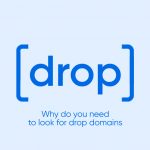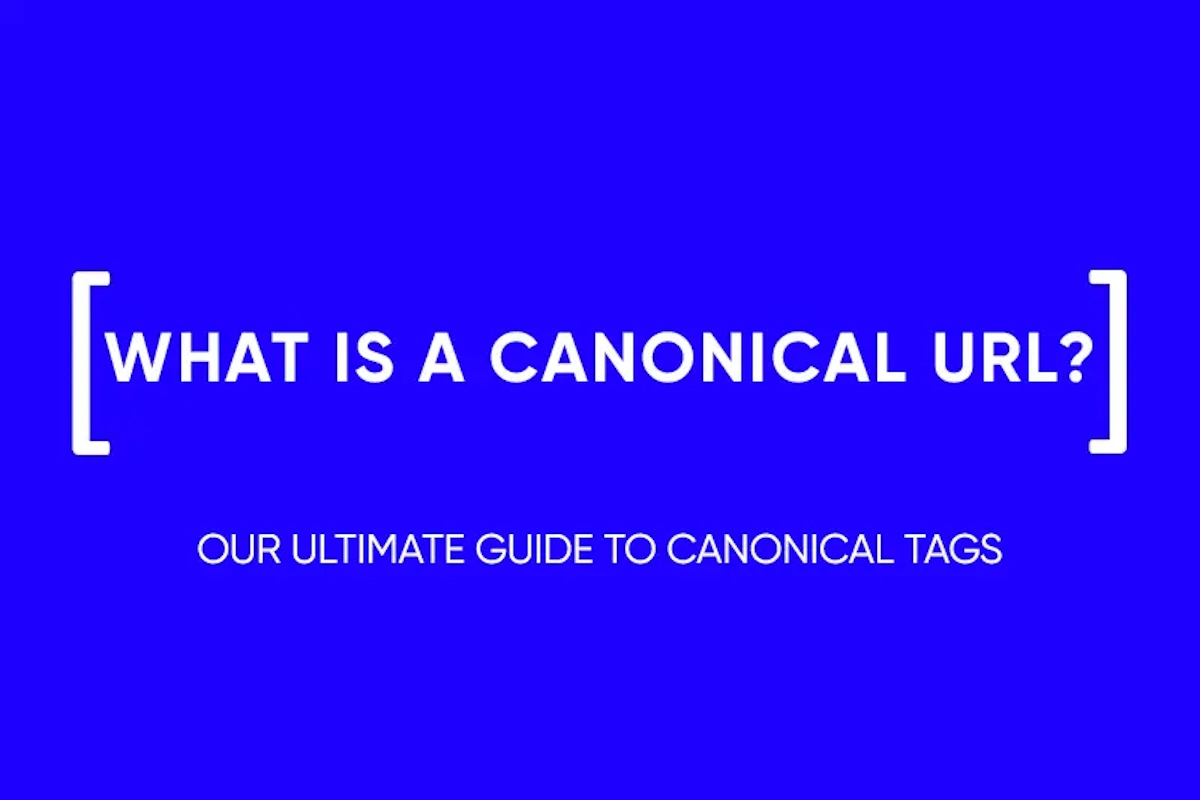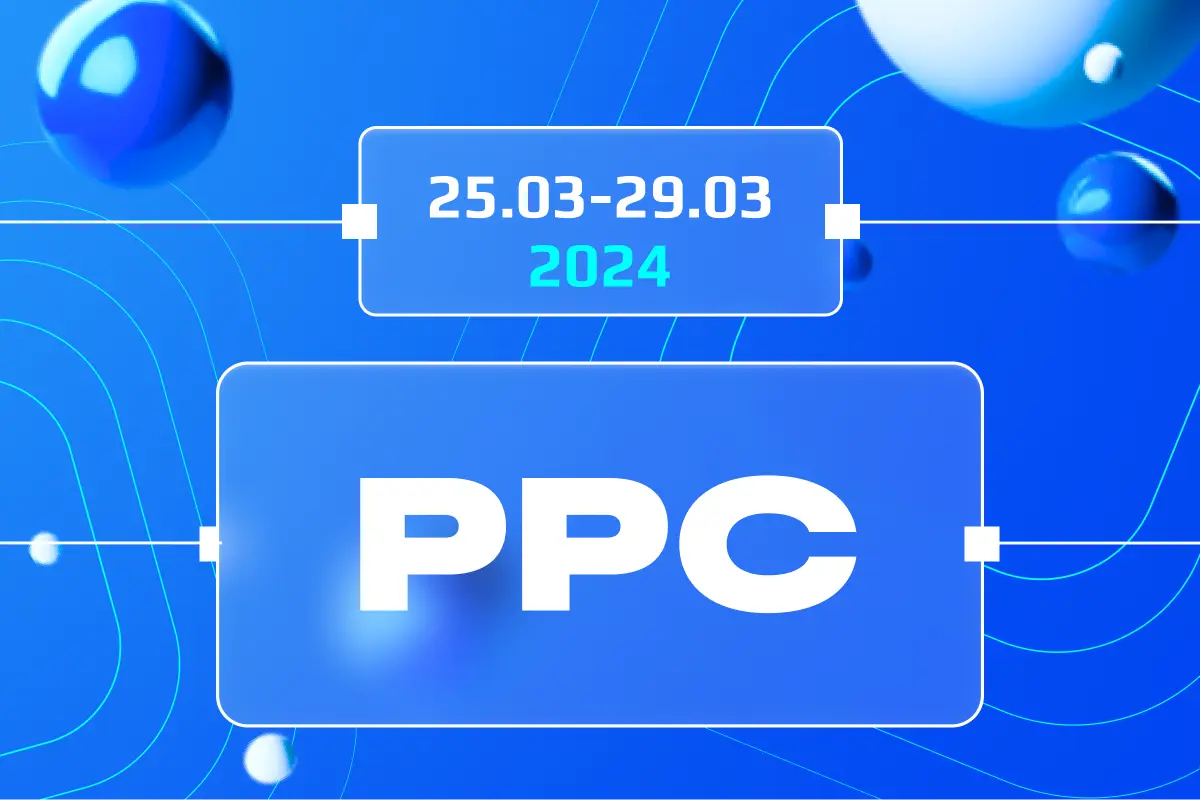The Best SEO Software of 2024
SEO optimization is a way to raise your site in the “eyes” of search engines. Optimization includes work with texts, links, design, page loading and many other factors. This is not an easy job but it can be automated if you use the right tools and programs. We will talk about them in our article.
The best paid software
Ahrefs

Ahrefs is a one-stop SEO service. With it, you can track social networks, backlinks, brand mentions and analyze sites. In fact, with the help of one tool, you get the functionality of an SEO specialist and a marketer.
Ahrefs stands out for its gigantic capabilities in terms of link analytics – this is where the service started. So, Ahrefs has the largest backlink index. There are also opportunities for search marketing – robots collect data about sites in a passive mode and store it on their own servers. In general, the collection of information and its updating is noticeably faster than with any other services.
The Ahrefs interface can also be noted as it is thoughtful and understandable. There is a visual visualization of data, and indeed a beginner in the abundance of opportunities will not get confused.
Ahrefs is a paid service. The minimum subscription costs $82, but users are also provided with a 14-day trial period.
- Offers extensive backlink analysis tools, excellent for competitive analysis, and has robust features for site audits and keyword tracking.
- It’s one of the more expensive options on the market and might be overwhelming for SEO beginners due to its comprehensive feature set.
Netpeak Spider

Netspeak Spider is a powerful tool for SEO analysis of websites, which, among other things, provides opportunities for the work of a marketer, salesperson, and many other specialists.
Netspeak Spider can solve a number of tasks: auditing a site by 50 parameters, analyzing the structure and external links, optimizing content, creating a resource map, and much more.
Most SEO analysis programs have a problem that they consume a lot of the resources of the computer itself. Netspeak Spider is fast and consumes almost no RAM. If desired, the work can be further facilitated by selecting fewer parameters in the analysis parameters and the service will work even faster. This speed is especially felt when working with large sites with several thousand pages.
The interface of Netspeak Spider looks a little old, but is quite understandable. Site errors are color-coded by priority, with red being the most serious.
The service allows you to collect 70 types of different reports. Each of them can be downloaded in PDF.
Netspeak Spider costs from $7 per month. But if you wish, you can buy a permanent license.
- Specializes in technical SEO audits, providing detailed reports on site health and SEO issues.
- Its focus on technical aspects may not suit all users, and the interface can be complex for those new to SEO.
KWFinder

KWFinder is a keyword search tool. At the same time, the platform selects exactly those words with the help of which the site is easier and higher ranked in the search engine. KWFinder basically uses SEO difficulty, a metric that evaluates the competitiveness and difficulty of key promotion.
What tasks does KWFinder do? First of all, search for keywords. The service provides details on the average monthly search volume, CPC, PPC and keyword difficulty. The last metric determines whether it is difficult to claim the first place in the search results with a given key.
KWFinder also has tools for SERP analysis. For example, the service shows better results for the selected key by clicking, you can move to the promoted page. It also shows domain authority, backlinks, and Facebook engagement.
The service allows you to export keys – to a separate Excel file or directly to a list on the site. Unloading at the same time saves all metrics.
A separate useful tool is the analysis of a specific competitor domain. It is enough to drive in the address and specify the region and KWFinder will immediately issue all the keys and metrics.
The price of the service is from $49 per month.
- Known for its user-friendly interface and effectiveness in uncovering long-tail keywords, it also provides precise search volume data.
- Limited in its functionality compared to more comprehensive tools, and its keyword suggestions can be somewhat restricted.
Woorank

Woorank is a site evaluation service in terms of SEO, usability and traffic. It is suitable for SEO-specialists, marketers, designers and other professionals.
Website analysis takes place literally within seconds. Woorank gives out external links, positions in search engines, errors as a result of advertising campaigns and site design, as well as recommendations for correcting them. The bug report can be immediately uploaded to PDF or downloaded as slides. In total, such a report contains 70 factors that determine the convenience of the site and its position in the search.
One of the main advantages of the service is that Woorank’s analytics and functions look understandable even to the uninitiated. For example, the platform gives the promotion rating of the selected site on a 100-point scale. That is, the user can immediately see how well this or that resource is doing.
Woorank has a 14-day free period during which you can try out the functionality of the service. The minimum subscription costs $49.
- Offers insightful site audits and is excellent for tracking SEO progress with understandable reports.
- The cost may be prohibitive for smaller businesses, and it offers limited capabilities in keyword tracking.
Semrush

Semrush is considered almost a complete analogue of Similarweb – the best resource for SEO analysis of a site, which, however, is quite expensive. It is able to analyze the success of the site and advertising campaign launched by your competitors so that you can replicate their success.
Semrush has an SEO console that can be used to check the number of visitors to the site, pages visited, errors, keywords, and more. The service also has an overview by domain – this is exactly the notorious analysis of competitors. The report will provide traffic volume from organic and paid search results, backlinks, keywords and main competitors. There are separate blocks for analyzing contextual advertising.

Keyword review is a standard option for such services and it is present in Semrush. What is more interesting is that the platform gives specific ideas for SEO-optimization of the site and its individual pages. Technical audit of the site and analysis of social networks are also present in Semrush.
Semrush’s basic plan costs $99 per month, but if you buy an annual subscription right away, the service will cost $83 per month.
- Boasts a vast database for keyword and domain analysis and is exceptional for conducting competitive research.
- Its price point is high, and the array of features might be daunting for those new to SEO.
The best free software
Google Search Console

Google Search Console is a tool that helps you understand how the world’s top search engine perceives your site. It analyzes how the site is indexed, what queries it ranks for, which pages give errors, and how the resource is displayed on different devices. In fact, Google Search Console does a lot of things that are only available on paid services.
Google Search Console is quite simple and due to its popularity, there are many guides on the service, including those from Google itself. It is important to add your site to this webmaster in order to get first-hand information why the site has problems with indexing.
The most important advantage of Google Search Console is that it is completely free. It will not provide the arbitrator with insights, but it will definitely give out the basic data.
- Provides direct data from Google, essential for monitoring a website’s performance in search results, and helps in identifying issues that affect website ranking.
- Its comprehensive data can be complex for SEO beginners, and it offers limited information on keyword search volumes.
Google Trends

Google Trends is a keyword checker tool. Using the service, you can determine the popularity of a topic or query and compare queries by competitors. Google Trends allows you to narrow down your analytics to a specific region or look at the whole country.
A useful feature is query comparison. This is useful when you are promoting products from similar brands, such as Apple and Samsung phones. So you can determine which brand in a particular region is popular right now.
Also, Google Trends gives something like insights that are topics gaining popularity. The predictive mechanisms of the service determine them before the request reaches its peak, so you can rush in and do something situational.
- Useful for tracking the popularity of search terms over time and assists in content planning based on trending topics.
- Lacks detailed keyword analytics, serving better as a supplementary tool rather than a primary SEO resource.
Google Ads Keyword Planner

Google’s Keyword Planner is another free tool that many people ignore. By default, the service has two options: searching for keywords based on the promoted product and collecting data on the number of requests along with issuing forecasts.
Keyword Planner, however, has a number of limitations. It only shows the search range, and not the exact volume of keyword usage. The scatter is too rough, search statistics can be displayed in the format from 10 to 100 queries. Novice arbitrageurs use the platform, but switch to more accurate services as soon as possible because of such errors.
- Great for finding new keywords, particularly useful for pay-per-click (PPC) campaigns, offering insights into search volumes and competition.
- More focused on paid search advertising than on organic search optimization.
Google Optimize

Another very useful service from Google is Google Optimize. It allows you to analyze the site and conduct A / B testing. The service allows you to find out how much the change of a certain element affects the effectiveness of the site. It is enough to connect the site to Google analytics and have access to the site code.
To effectively test a hypothesis, you need to conduct an experiment for at least 14 days. Google itself says that the hypothesis is confirmed when one of the options has a 95% superiority. However, in practice this rarely happens.
- Excellent for conducting A/B testing and personalizing website content, beneficial for optimizing user experience.
- Requires a certain level of technical know-how to fully exploit its features.
AnswerThePublic

AnswerThePublic is a tool that helps you find clues and content ideas. Its main feature is an interesting visualization that helps to visually structure data.
It is enough to enter only the beginning of the request so the service itself will come up with the most successful and popular continuations. Actually, these will be the keys that can be used when promoting the service. However, it is impossible to get regional data on keywords on a free plan – you have to pay. However, AnswerThePublic also has plenty of basic features, a beginner affiliate can use them.
- Generates a wide range of content ideas and questions based on what people are searching for, aiding in content creation.
- Can overwhelm users with too many suggestions, and offers less detailed keyword metrics compared to other tools.
FAQ
An SEO crawler is a program that automatically collects data about websites. The effectiveness of the crawler depends on how structured and user-friendly the site is. If the site has enough textual information, the structure is not too complicated – the crawler in the background is able to thoroughly analyze the site.
The best tool is the one that’s right for you. However, Ahrefs is noted by many as an all-in-one SEO software. It is quite expensive, but it has a lot of functionality.
If you are engaged in optimization, then you simply cannot do without such services. SEO will be useful for almost any business, from online stores to construction companies.
SEO is definitely better when you have one resource that you have been doing for years. Over time, SEO can generate traffic for almost no cost and effortlessly, if you optimize your site well. Contextual advertising is good when the result is needed quickly, that’s what they pay for. To exaggerate, SEO is long, but cheap, and contextual advertising is fast, but expensive.
Influenced, but not directly. If the campaign is well set up, and the page itself contains content that is useful to users, then users will stay on the site for a long time and navigate through it. Search engines will take this into account when ranking your site. Also, popular resources are indexed faster – and popularity rises precisely thanks to contextual advertising. Contextual advertising has no negative impact on SEO at all.
and stay up-to-date with the latest news about our platform and affiliate marketing.




